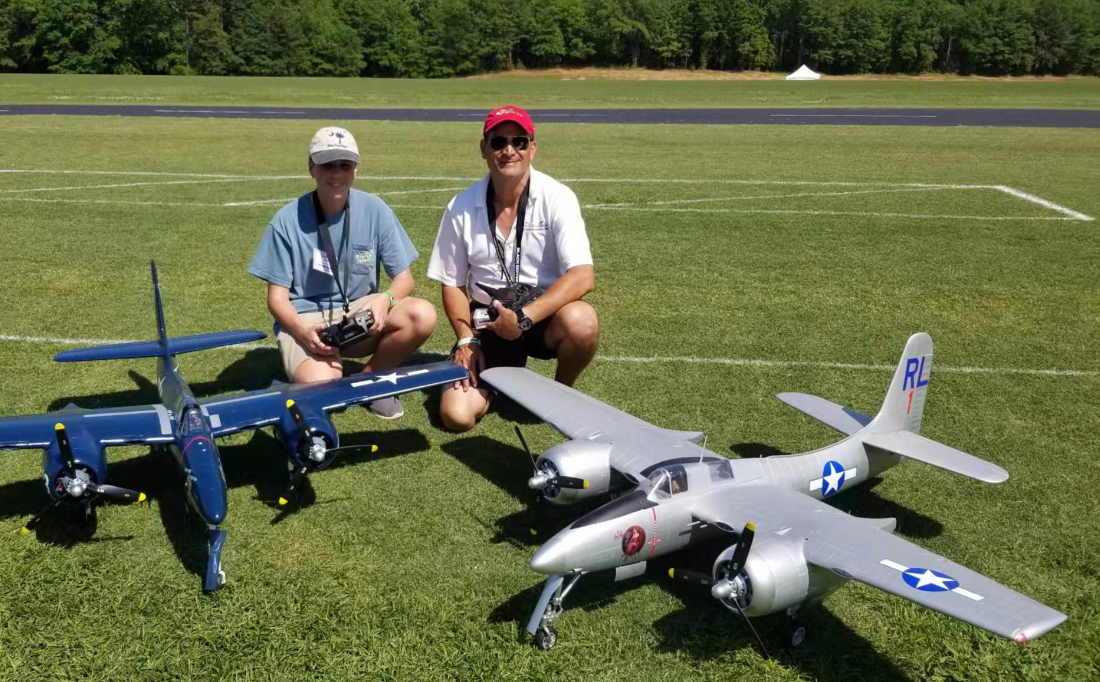The Ultimate Guide to Building Your First PNP RC Plane: Tips and Tricks for Beginners
Cuerpo
Are you ready to take to the skies with your very own PNP RC plane? If you are a beginner, the world of remote-controlled aircraft can seem overwhelming. However, with the right guidance and knowledge, you can successfully build and fly your first PNP RC plane. This article will provide you with essential tips and tricks to ensure a smooth journey into the exciting realm of model aviation.

Understanding PNP RC Planes
PNP stands for "Plug and Play," which means that these models come almost ready to fly. Typically, a PNP RC plane includes the airframe, motor, and servos, but you will need to add your own radio system and battery. This makes PNP RC planes an excellent choice for beginners who want to skip the complexities of building from scratch.
Key Components of PNP RC Planes
- Airframe: The structure of the plane, usually made from lightweight materials like foam or balsa wood.
- Motor: Provides the necessary thrust to lift the plane off the ground.
- Servos: Control the movement of the plane's control surfaces.
- Radio System: Allows you to communicate with your plane remotely.
- Battery: Powers the motor and servos.
Choosing the Right PNP RC Plane
When selecting your first PNP RC plane, consider factors such as size, weight, and flying style. Some popular models include the E-flite UMX Radian PNP, which is perfect for beginners due to its stability and ease of control. Additionally, you can find various options that cater to different skill levels and preferences.
"The E-flite UMX Radian PNP is a fantastic choice for those new to the hobby, offering a gentle flying experience." - RC Enthusiast
Essential Tips for Building Your PNP RC Plane
Building your PNP RC plane can be a rewarding experience. Here are some essential tips to keep in mind:
- Read the manual thoroughly before starting the assembly.
- Ensure all components are compatible with each other.
- Take your time during the assembly process to avoid mistakes.
- Test all electronics before final assembly.
- Practice flying in a safe, open area to build your confidence.
Final Thoughts on PNP RC Planes
With the right knowledge and preparation, building your first PNP RC plane can be an enjoyable and fulfilling endeavor. Remember to choose a model that suits your skill level, and don't hesitate to seek advice from experienced hobbyists. As you gain experience, you will find that the world of pnp rc planes offers endless opportunities for creativity and fun.
For a visual guide on assembling your PNP RC plane, check out this helpful video: How to Build Your First PNP RC Plane.

Now that you are equipped with the knowledge to start your journey, why not take the plunge and build your first PNP RC plane? Happy flying!










Comentarios